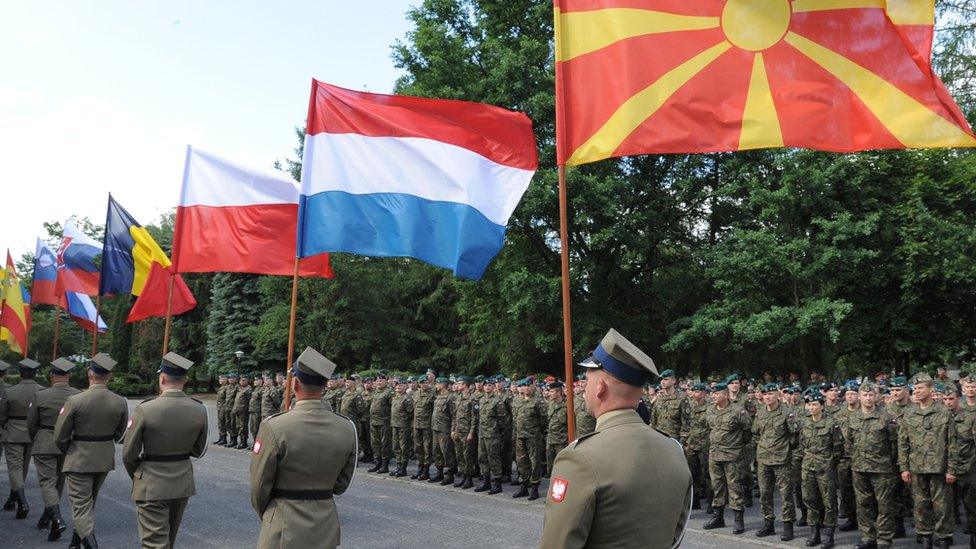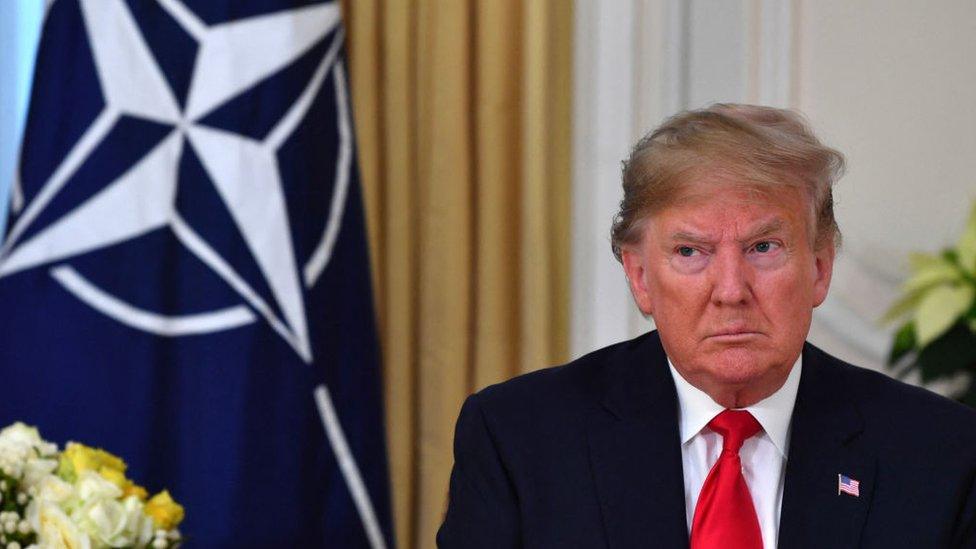Nato looks east (and south)
- Published
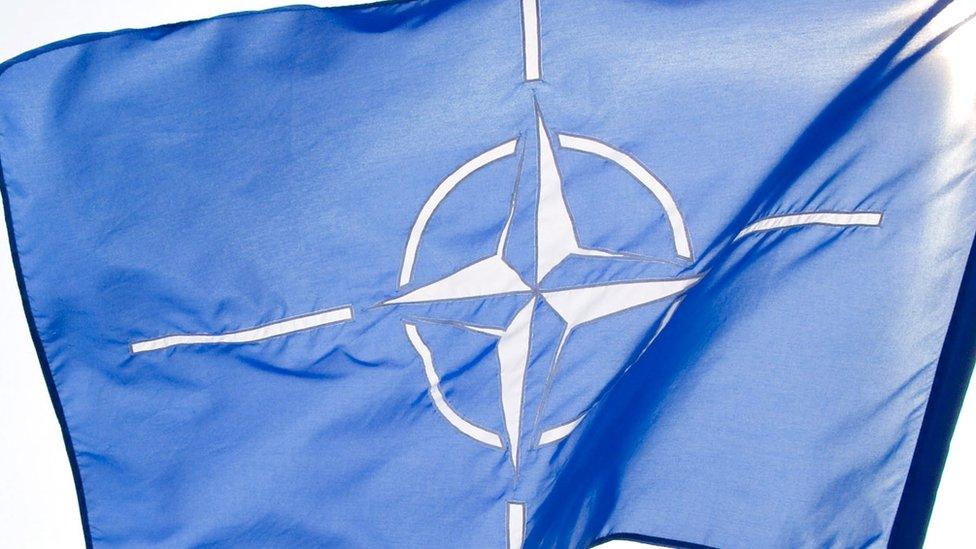
There's a certain irony that this latest Nato summit is being held in Warsaw. Now the capital of one of the alliance's newer, more dynamic members, it was also the city that gave its name to the Warsaw Pact - the Soviet Union's alliance of communist states, formed in 1955, that was ranged against Nato during the Cold War.
Tensions between the Atlantic alliance and Moscow are growing again. Russia's seizure of the Crimea and the involvement of its troops in the fighting in eastern Ukraine has in Nato's view "torn up the rule-book" for the way security matters are dealt with in the post-Cold War world.
Poland - now an active Nato member - finds itself very much on the front line. And it is the perceived threat from Russia to the east that is going to dominate much of this summit.
Just what kind of threat is it? The answer is complex. It is not so much that Russian tanks are suddenly going to start rolling westwards. The fear is of a so-called "hybrid crisis"; something less than full-scale war.
A typical scenario "war gamed" is of infiltration by Russian special forces into one of Nato's Baltic members - Estonia, for example, where there is a significant Russian-speaking minority.
Unrest leads to violence; Russian-speakers are killed; and one morning Nato wakes up to find that over-night a Russian "peace-keeping" force has seized a town like Narva, near the Russian border, to "protect" the local population. So what does the alliance do then?
Military experts believe that the Baltic States are almost impossible to defend against a rapidly-mobilised Russian attack.
So the aim at this summit is to try to convince the Russians that Nato means business; that after years of being more focussed on "out of area" operations - Afghanistan and so on - Nato nations are now serious about their collective defence. That means money and presence.
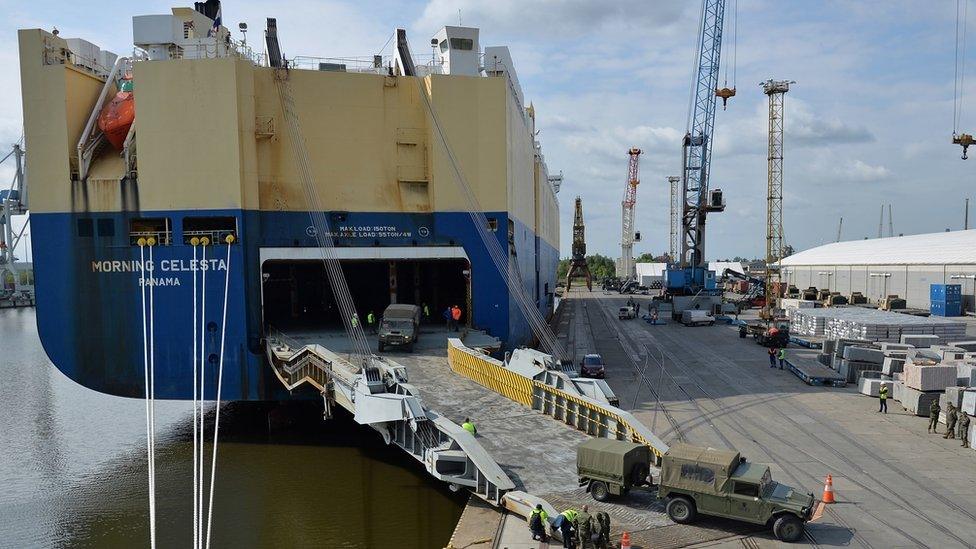
The alliance has expanded its rapid reaction forces
Nato's Wales Summit two years ago decided the initial response to Russia's actions in Ukraine. Exercises were stepped up. Nato's rapidly-deployable reaction forces were expanded and given the capacity to move at even shorter notice.
The US is deploying additional troops and equipment to Europe. And many Nato countries are slowly beginning to spend a little more on their defence budgets.
The Warsaw Summit will consolidate and expand upon these steps. Details will be announced for the deployment of four multi-national battalions to the three Baltic states and Poland.
These units, led by the UK, the US, Germany, and Canada, are to be in place during early 2017. This will only involve a little over 3,000 troops. But they represent a trip-wire on the ground; a signal that if Russia moves west then Nato, collectively, will be involved.
Steps will also be taken to bolster Nato defences in south-eastern Europe. Romania is to establish a multi-national training brigade involving US and other forces. There is also growing concern at Russia's air and naval activities in the Black Sea, though more work needs to be done here post-Warsaw before the alliance has a consolidated plan for the region.
The Russians of course insist that the danger of conflict is coming the other way. It is Nato's expansion eastwards - and now its almost perpetual pattern of exercises in the Baltic States and eastern Europe - that is stoking up tension.

Nato has held a series of large-scale exercises in the Baltics and eastern Europe
But Nato insists that the fault is Russia's. It seized and annexed the territory of a sovereign state. Everything Nato is doing, it insists, is to reassure its worried eastern members and the only way to do that is to bolster deterrence.
That's not to say that there are not differences within the alliance. Parts of the German government are uneasy about what even the German Foreign Minister Frank-Walter Steinmeier has called Nato "sabre-rattling".
In the wake of this summit, there will be another Nato-Russia meeting and Berlin and Paris in particular want to see a strong diplomatic effort made to try to reduce tensions and re-build bridges with Russia. The message for Moscow from Warsaw will be a dual one; determination but also a genuine desire for dialogue.
Another potential fault line in Nato is that between the "north" and the "south" - ie those countries fearful of a direct Russian threat, and those more concerned by the chaos and instability just across the Mediterranean.
Here the emphasis is less upon hard military defence and more on projecting stability and enhancing security partnerships with countries in North Africa like Tunisia and Jordan.
Nato looks set to begin some training of the Iraqi military inside Iraq itself - it's already doing this in Jordan - and Nato Awacs radar-and-command aircraft are to join the air campaign against so-called Islamic State - though only flying over Turkish or international airspace.
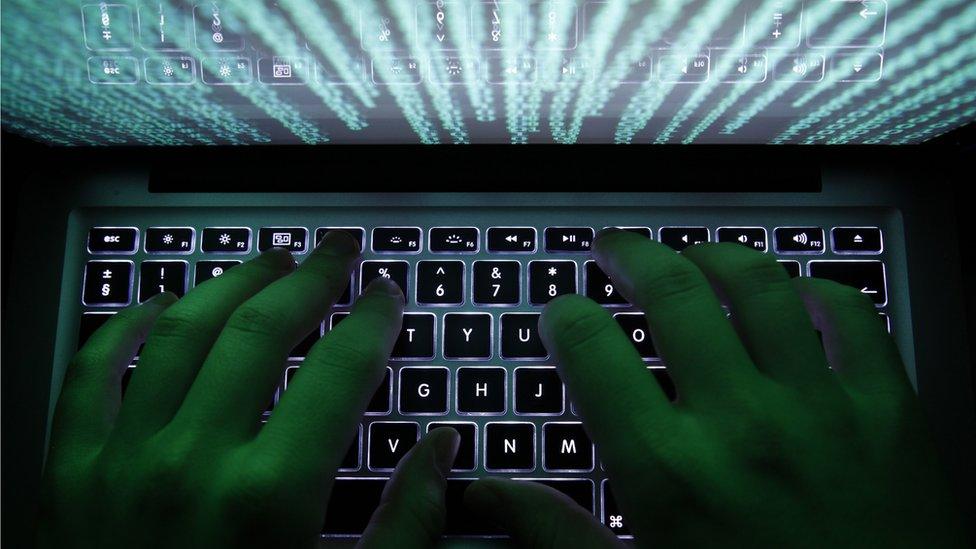
Nato is set to recognise cyber as an operational domain, alongside land, air and maritime
In recognition of the mounting concerns about cyber attack, Nato will designate cyber a separate domain of operations, alongside land, air and maritime. Cyber defence is going to figure much more prominently in Nato thinking in the future. This could be an important component of any Russian hybrid-attack against the Baltics, for example.
But the Warsaw Summit will only take some initial steps; there is still much about cyber warfare that is vague and ill-defined. How far is this to be a responsibility of national governments, for example, and how much a responsibility for the alliance as a whole?
EU-Nato cooperation will also figure significantly at this summit. As one Nato insider commented, "This is hardly heroic stuff". It's the bureaucracy of defence cooperation, if you like. But such cooperation is politically important and will grow in the future.
Indeed, this could take on an even greater importance if the UK does leave the EU. Britain is by far and away the European Union's most capable military actor. It will remain a major player in Nato.
But there are worries that the Brexit decision could send a signal of disarray at a time when the West is seeking to present a united front. So the hope is that anything that strengthens Nato-EU ties should strengthen European defence as a whole.
- Published20 June 2016
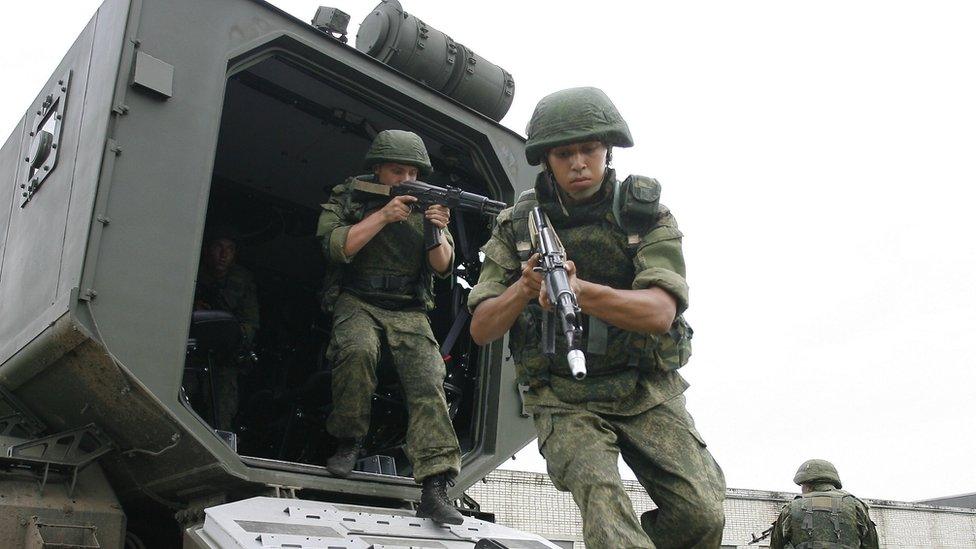
- Published18 June 2016
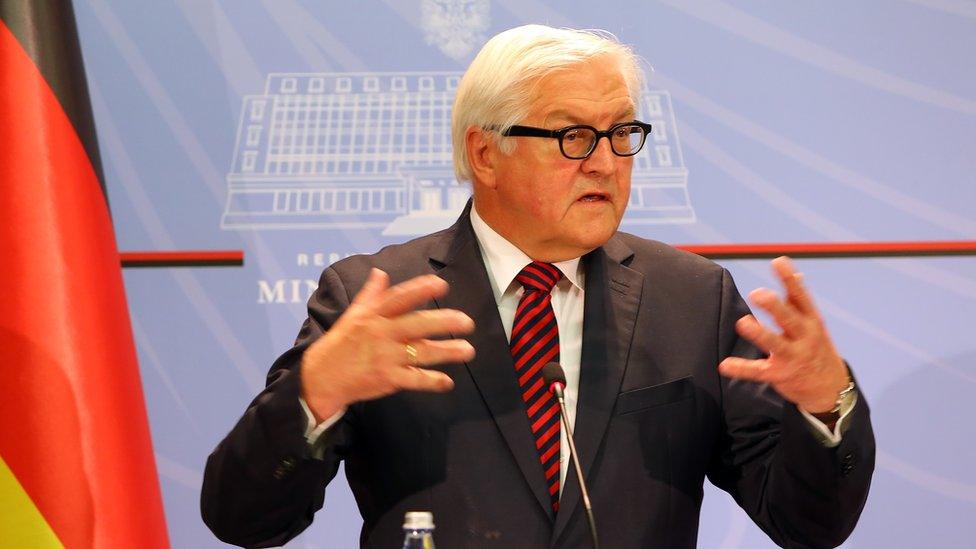
- Published6 June 2016
